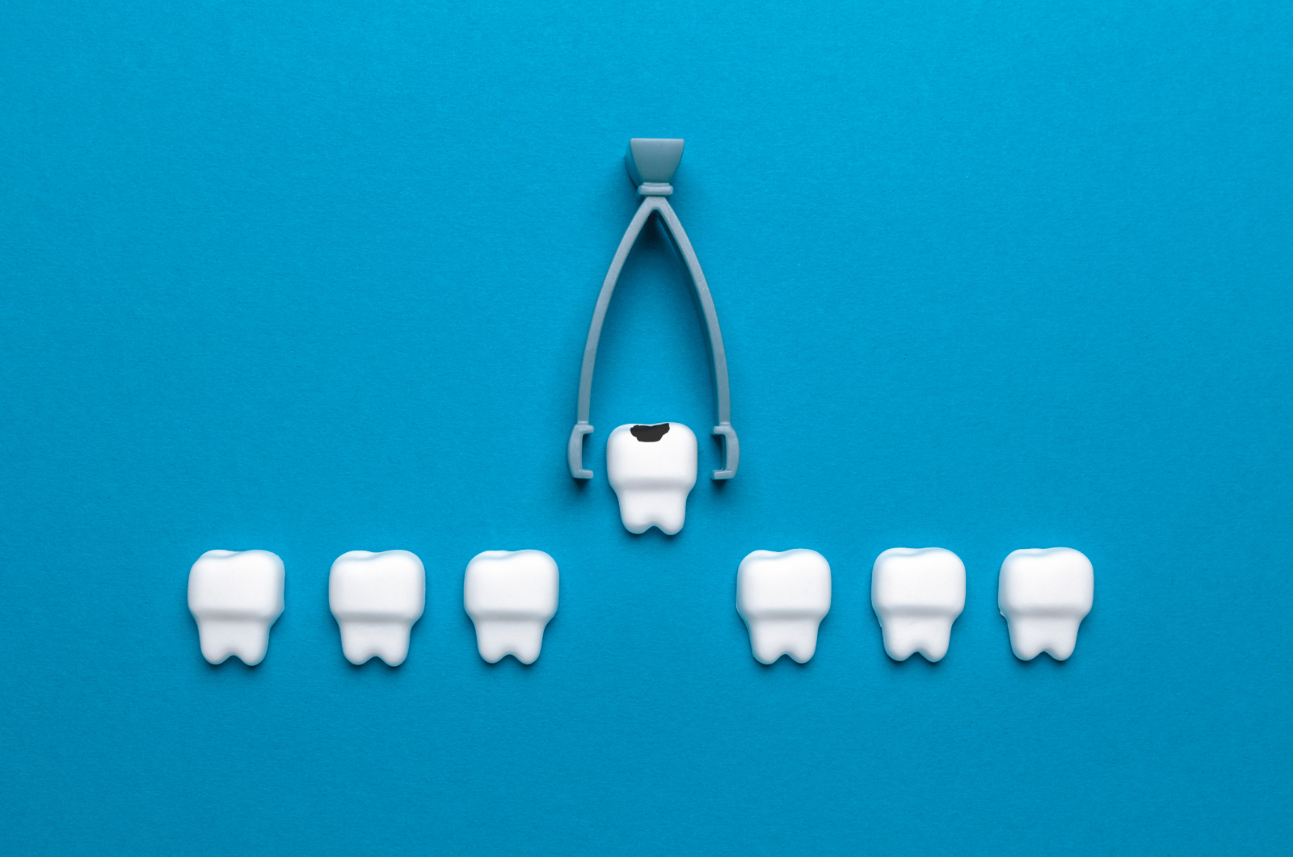Tooth Extractions
There are two types of tooth extractions: simple and surgical.
Simple extractions
Surgical extractions
After the tooth extraction, patients may experience some mild discomfort or swelling, which can usually be managed with over-the-counter pain relievers and ice packs. It is important to follow all post-operative instructions provided by the dentist to ensure proper healing and to minimize the risk of complications such as infection or dry socket.
However, in some cases, tooth extraction may be necessary to protect oral health and prevent further damage or infection.


